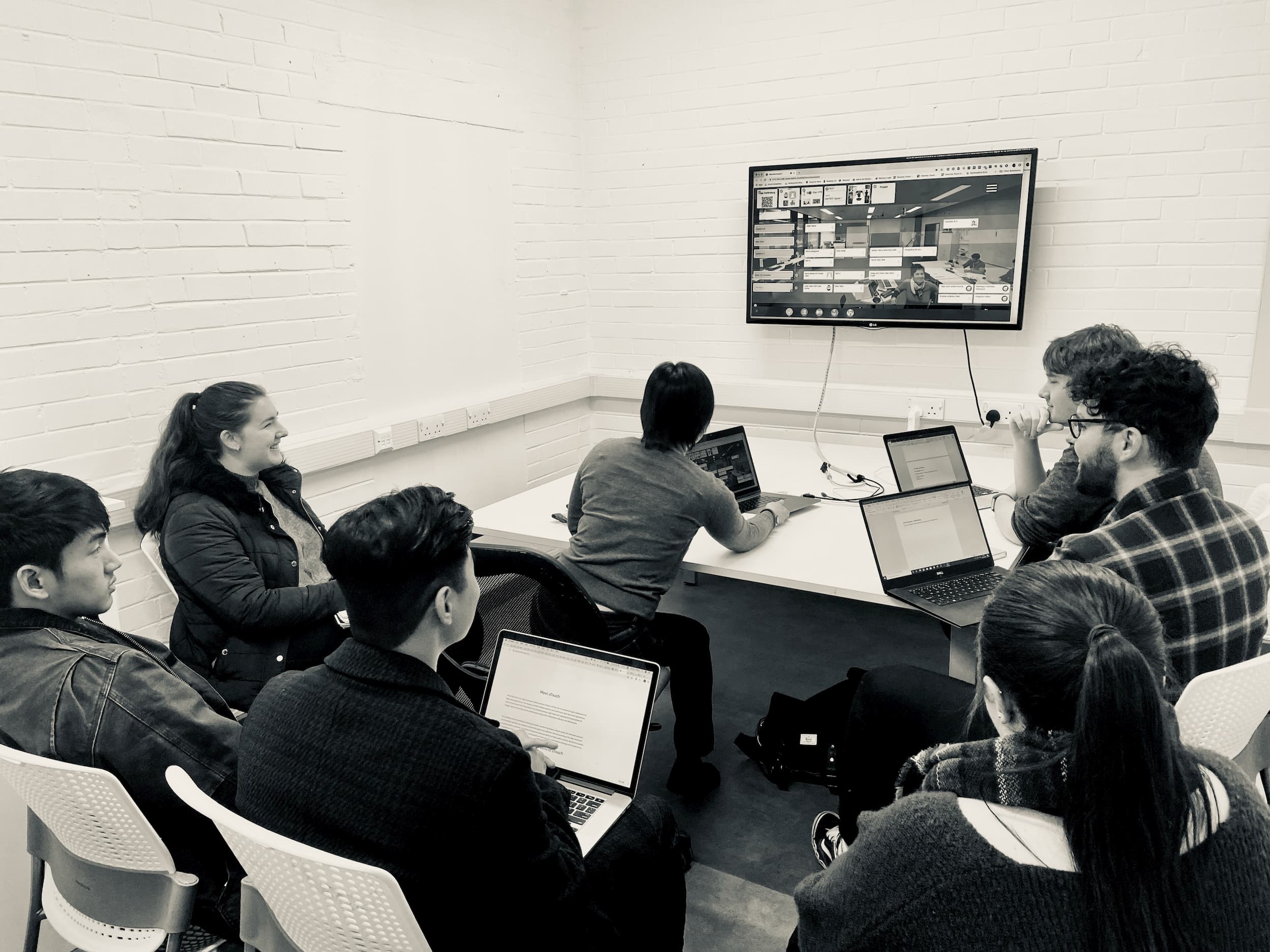
Overview
In January 2020, six students spent four weeks working on a live project with a Swiss tech startup aTouch Dynamics to help develop a new brand identity and user interface for their digital collaboration tool ‘aWall’.
The Challenge
To create a consistent and clear brand language and message with example touchpoints.
As a young startup aTouch’s challenge is to create and communicate their brand. They had created aWall for companies that already embrace and want to get to their next level of agile working. However, they had witnessed more purchasing interest from unanticipated markets such as more traditional companies who are under the pressure to digitally transform their businesses.
They wanted their brand and aWall product to reflect their philosophy: information and project transparency, participative decision making, fostering values like openness, truth, value orientation. New digital tools are needed because the way we work has changed.
While the user interface design of the aWall is functional for the users, the visual design and icons lack precision and elegance. The visual design needed to reflect and be consistent with the brand’s values and ambitions.
Background
aTouch Dynamics is a young start-up company that specialises in the development of collaboration platforms for Work 4.0 on extra-large multi-touch display technology.
Their aWall product (Agile Collaboration Wall) is an ideal project management and collaboration tool for daily project planning and coordination of agile project teams. The tool differentiates itself from other tools by the following:
- Designed for extra-large touch displays
- Supports team collaboration during agile meetings
- The virtual team room with its unique in-screen video conferencing
- Integrates with work management systems like JIRA
The Ask
To explore the branding and communication strategy of aTouch and related UI/Visual design language for its aWall product.
Process
Students worked with our clients remotely using the actual aWall communication software to host virtual meetings. To generate research insights quickly students collaborated on a range of shared research tasks before working on their own individual solutions. During the research phase design professionals experienced in ‘agile’ working were invited in to be interviewed about agile methods and also to give feedback on the students’ own solutions.
The Results
Students produced branding presentations explaining their conceptual solutions with examples of how it is used across an appropriate set of digital and physical touchpoints. They also create sets of simple brand guidelines and user interface patterns in a relevant format, as well as digital libraries of assets including user Interface (UI) components

